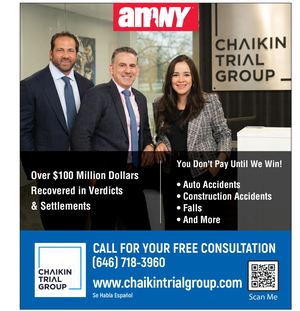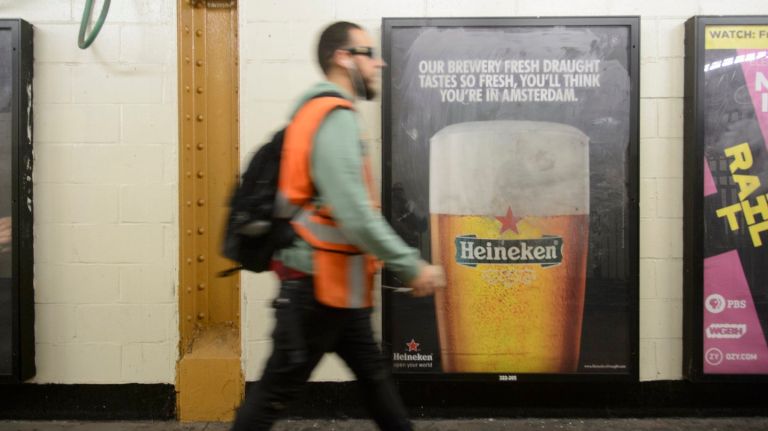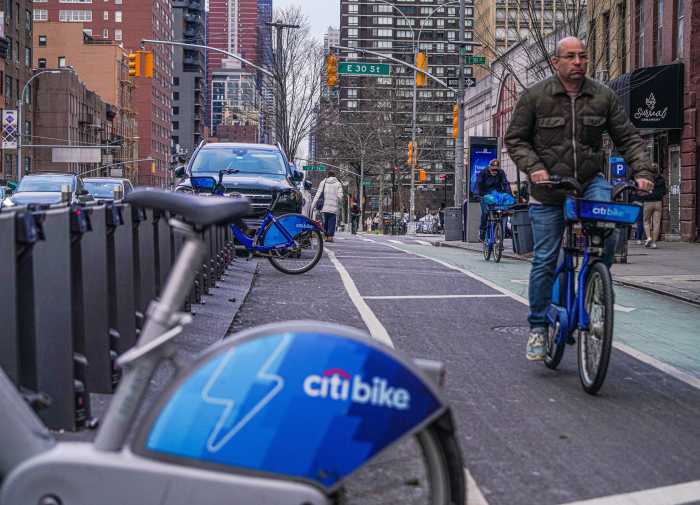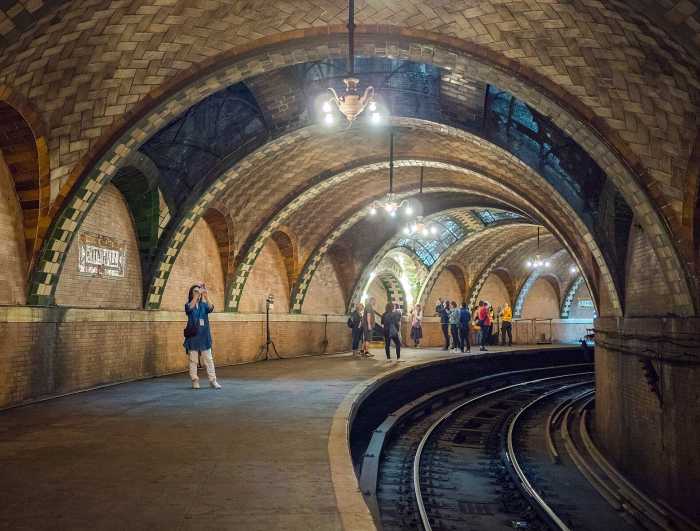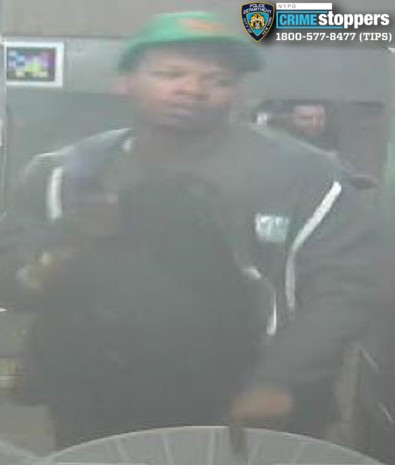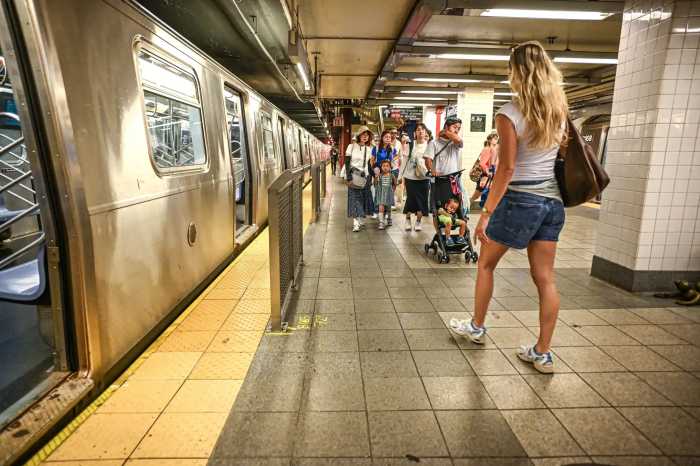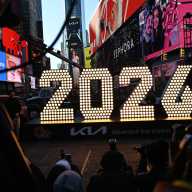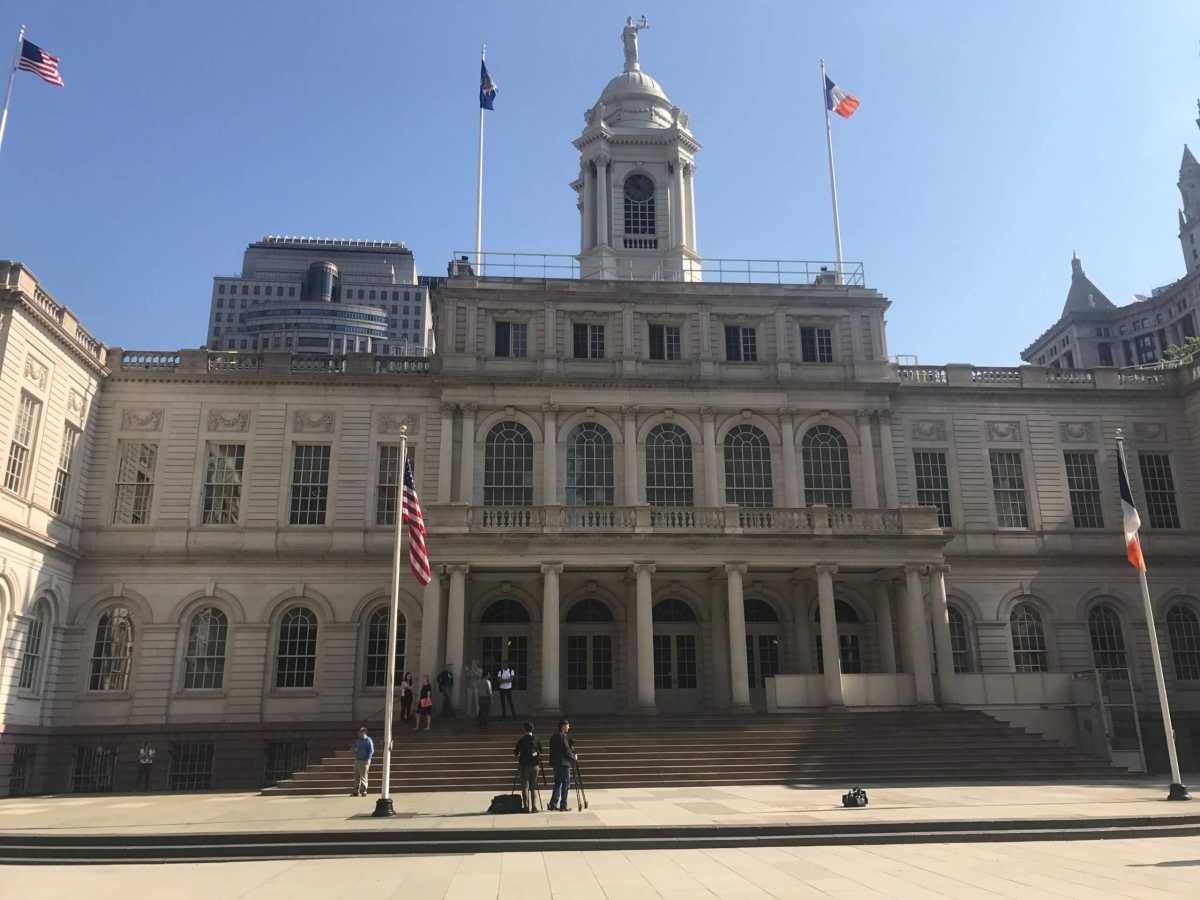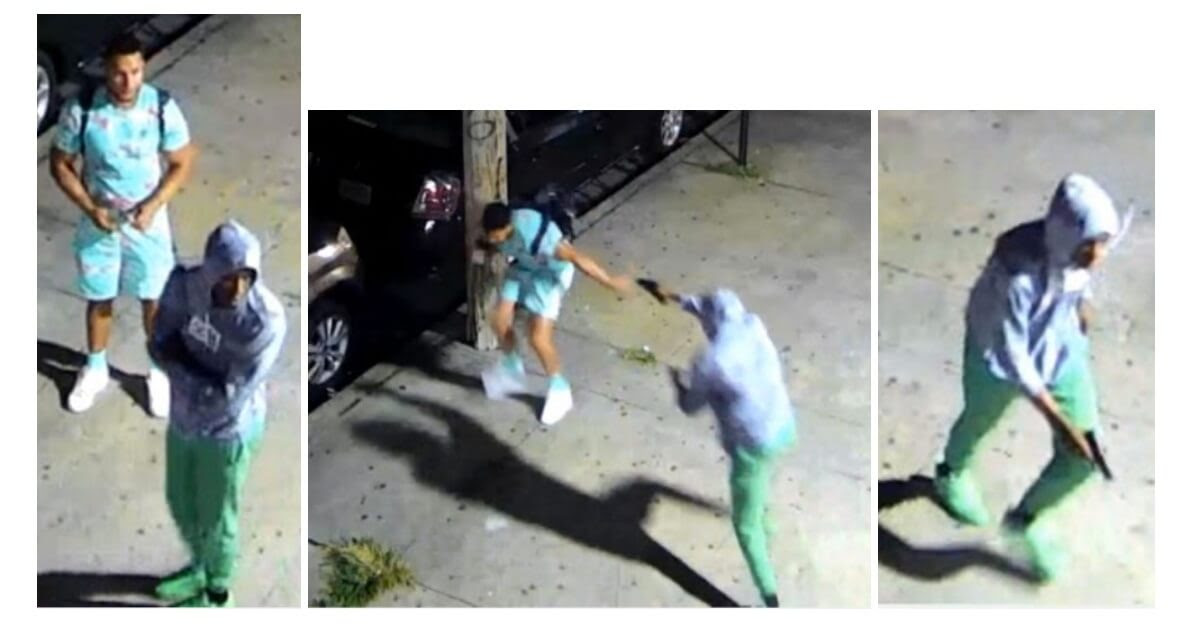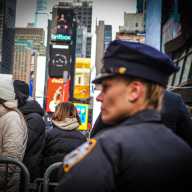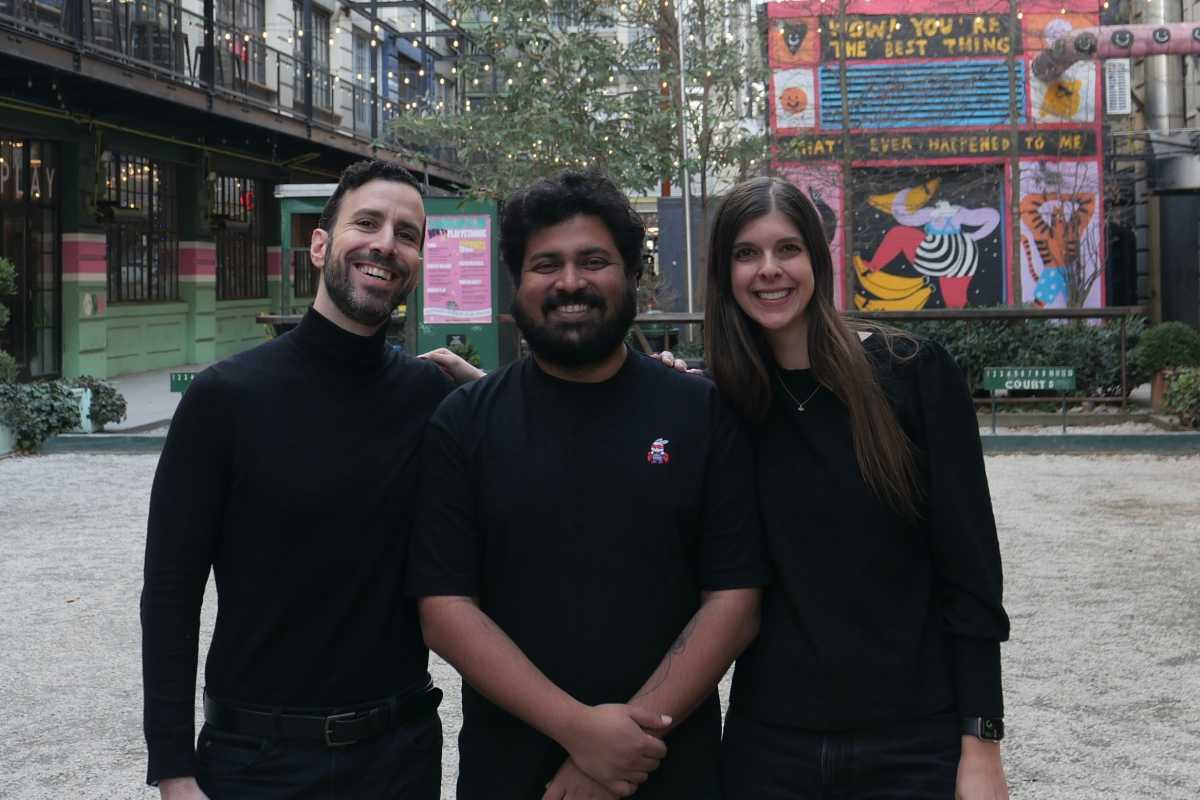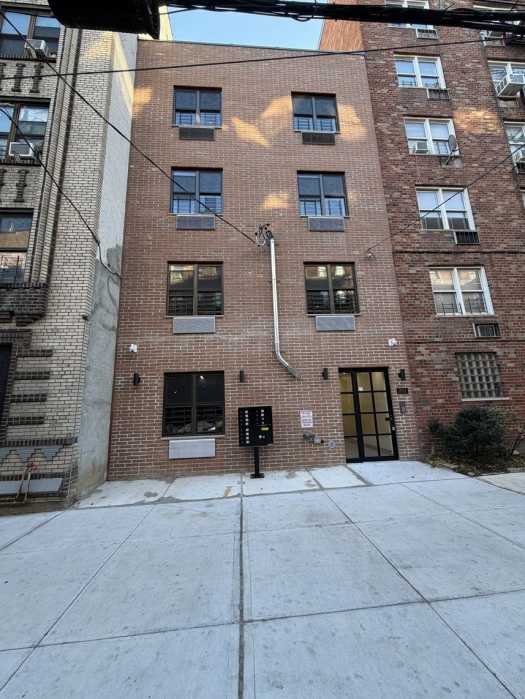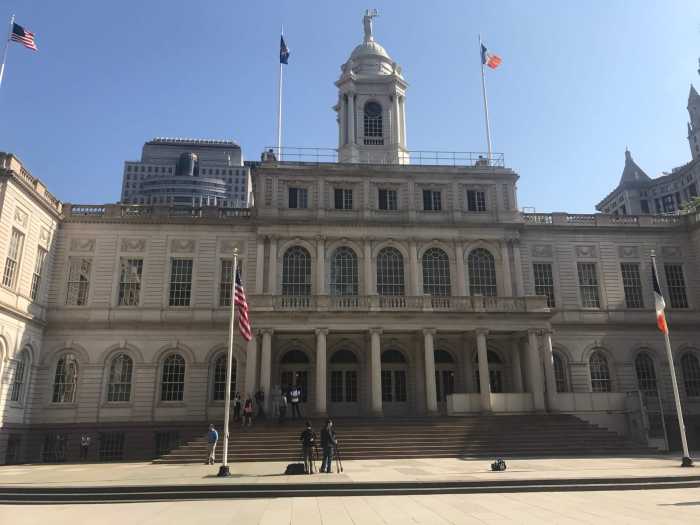
Companies will no longer be able to display alcohol ads through the MTA.
The MTA board voted Wednesday to ban alcohol advertising through all of the agency’s properties, including train cars and buses, and in stations across subway and commuter rails. All ads must be removed by Jan. 1, according to an agency spokesman. Bus shelters fall under the purview of the city and are not affected.
“It’s very much aligned with the position the MTA has taken in the past relating to tobacco and it was not a stretch for us to extend the ban,” said MTA board member Veronica Vanterpool, who proposed the resolution. “This is something that I saw as having a good deal of support; it wasn’t a contentious issue.”
The resolution covers contracts for ads for beer, wine and spirits. Advocates long pushed to ban the ads as a public health issue. The MTA banned tobacco ads in 1992.
“Alcohol advertising affects the health of our youth. The more they’re exposed to seeing these ads, the more likely they are to engage in these risky behaviors and potentially develop a substance disorder later in life,” said Jazmine Rivera, of the Staten Island Partnership for Community Wellness.
Rivera advocated alongside the Building Alcohol Ad-Free Transit coalition, or BAAFT, which cited studies that the ads disproportionately target youth in predominantly low-income, minority neighborhoods.
A study from March, published in The New York Academy of Medicine, found MTA subway “stations with alcohol ads — particularly alcohol ads in Spanish or featuring minorities — being located disproportionately in neighborhoods with greater poverty, lower educational attainment, higher percentages of black and Hispanic residents, and more children . . .”
Alcohol advertisements generate about $2.6 million a year in revenue for the MTA. Chairman Joe Lhota said he expected the ban to have a negligible impact on the agency, which has an annual budget of $15.7 billion.
“There will be potentially an initial hit,” said Lhota.
Commuters heading home from work Wednesday agreed that the MTA had bigger priorities at the moment — specifically reversing the escalating number of delays that have crippled the subway system during peak hours.
Many were ambivalent to the idea of an alcohol ad ban, but Ralph Gomez, of the Pelham Parkway section of the Bronx, said he didn’t see anything wrong with the ads. “I haven’t seen alcohol ads as much but I believe in free advertising,” said Gomez. “The dangers of alcohol should be taught at home.”
Maryam Ali, who commutes from Dutchess County, felt the MTA did the right thing. “There’s a lot of school-aged kids who ride the subway,” she said, “and they don’t need anything encouraging them to drink.”
Nick Hill, of Pelham Parkway, said that it was effectively a pointless effort. “I think it’s a great idea, but alcohol companies will just find another way to reach who they want to target,” Hill said.
The alcohol ban was met with consternation from the Distilled Spirits Council, a national trade association representing importers and manufactures of distilled spirits in the United States. Jay Hibbard, a regional vice president for the council, stressed that the majority of the American population, or about 71.6 percent, was above the legal drinking age.
“There isn’t the relationship between advertising and underage drinking that people try to make. It doesn’t exist,” Hibbard said. “There have been studies that have looked at the relationship between advertising and underage drinking rates and there is no cause and effect. Other jurisdictions that have attempted to ban these ads have figured that out.”
